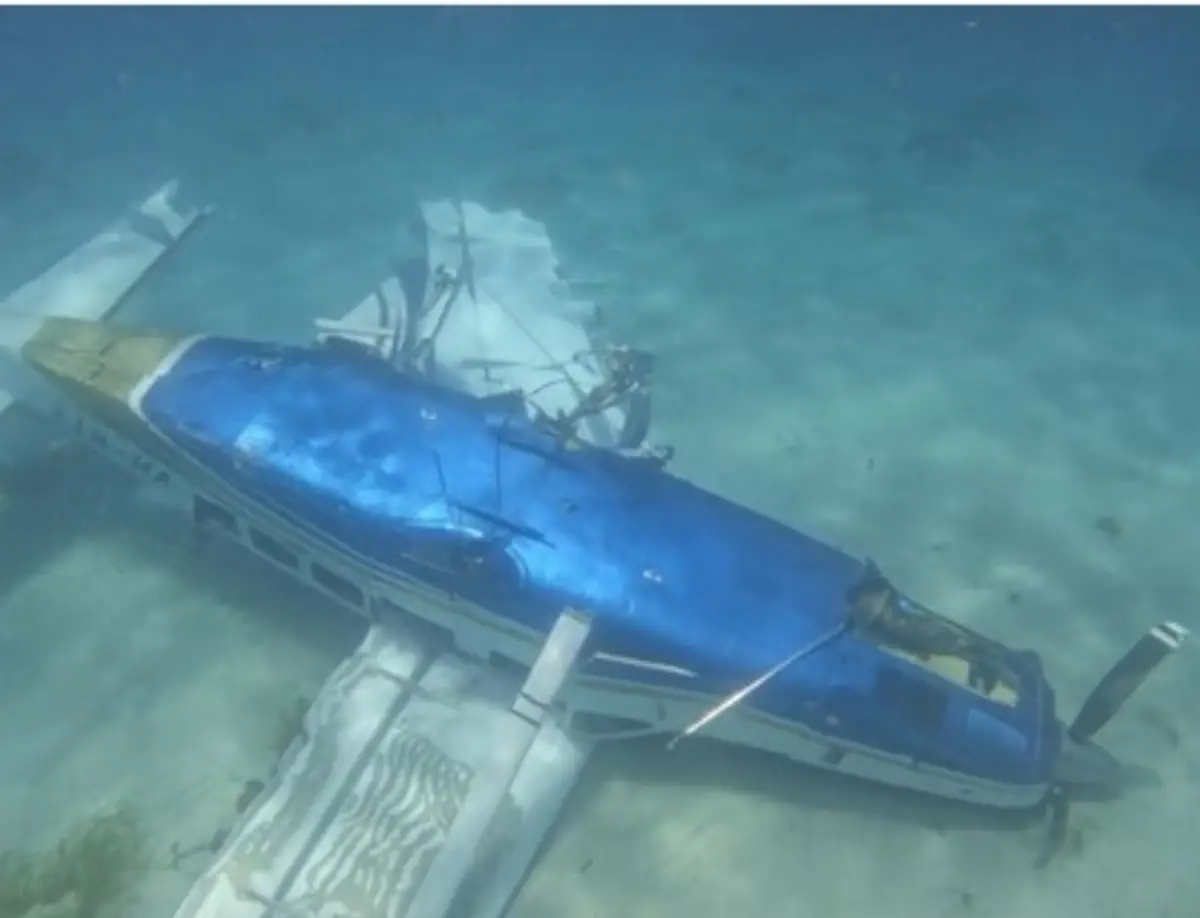
ATSB releases Rottnest Island floatplane accident preliminary report
Occurred to a Cessna Caravan aircraft in January 7, 2025 in Australia - VIDEO and ATTACHMENT

Pilot assessment of sea and weather conditions, operator risk controls, and assessment and approval for floatplane operations are among a range of factors the ATSB will consider as it continues its investigation of a fatal floatplane accident off Rottnest Island, Western Australia.
The ATSB (Australian Transport Safety Bureau)’s preliminary report from its ongoing investigation details that on the morning of 7 January 2025, the Cessna Caravan aircraft with a pilot and 10 passengers on board operated on a passenger flight from South Perth to Rottnest Island, landing on the water at Thomson Bay.
Later that day, the pilot and six of the passengers returned to the aircraft for the return flight to South Perth.
The take-off commenced at about 4pm, on an easterly track towards Phillip Rock, a rocky outcrop at the southern end of Thomson Bay. About 32 seconds later and 600 m from the start of the take-off run, the aircraft became airborne with a high nose attitude, before it rolled rapidly to the left and impacted the water.
Immediately after the collision, the aircraft remained partially afloat, and four surviving passengers moved into a small pocket of air in the rear of the cabin. One passenger opened the top part of the rear right door, through which they and one other passenger escaped.
Another passenger was rescued by a witness, who broke the rear left cabin window and pulled the passenger out of the aircraft, while the fourth passenger also escaped through the window.
The pilot and remaining two passengers were fatally injured.
The preliminary report describes events on Rottnest Island prior to the accident flight, including that the pilot exchanged texts with the chief pilot of the operator, Swan River Seaplanes, about sea and wind conditions.
The ATSB’s subsequent examination of the aircraft wreckage did not identify any damage consistent with the aircraft having struck an underwater landmass or object, while a specialist borescope examination of the engine did not identify evidence of pre-accident damage.
Bureau of Meteorology data, as well as video captured by witnesses and others, showed that conditions on the afternoon were windy with some waves in Thomson Bay.
The investigation will also give further consideration to recent maintenance history of the aircraft, which had entered service with the operator on 2 January (having been in storage since March 2024), and to the assessment and approval processes for floatplane operations at Rottnest Island.
See for details AVIONEWS.
The integral version of the preliminary report (19 pages) is attached to this AVIONEWS.
Below, the video:
AVIONEWS - World Aeronautical Press Agency